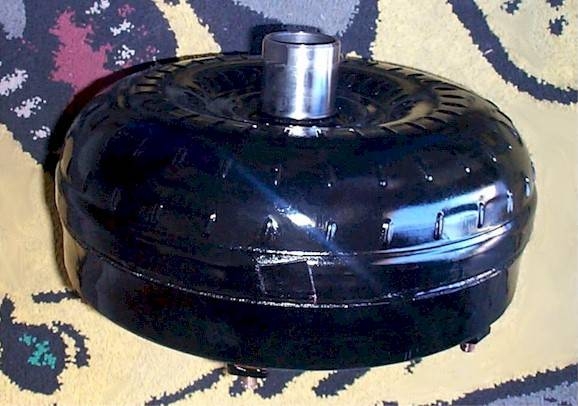
Torque converters sit between the engine and transmission in automatics, their purpose described in the name--converting power from the motor to motion in the transmission. Modern converters come with so-called lockups to improve efficiency.
Since torque converters act as intermediaries between two components of the car, they tend to suffer from innate inaccuracies that lead to wasted power on the one hand, and over-torquing on the other. Lockups serve to set the converter at certain levels of output to maximize efficiency.
Lockups are an added part inside the torque converter, which works by introducing a check against slippage. Older transmissions didn't have lockups, and were, therefore, less accurate and efficient.
Automatic transmissions have a tendency towards lower power output and higher energy consumption compared to similar-spec manuals. This happens because it isn't the driver directly controlling the car, but rather machines trying to approximate the process. Torque lockups were invented to further narrow this gap.
Lockups are also known as torque converter clutches, as they literally clutch the two halves of the converter, and set them at a fixed speed, or power level. The two terms do not refer to different concepts.
Torque converter lockups average 65 percent savings on gas, compared to older transmissions that lack this part.
The name for this part can be misleading, as "lockup" could be inferred to mean a seized torque converter. This is not the case.
However, lockups do have their own problems, with symptoms of failure including noticeable gear slippage and a pronounced shudder when shifting.